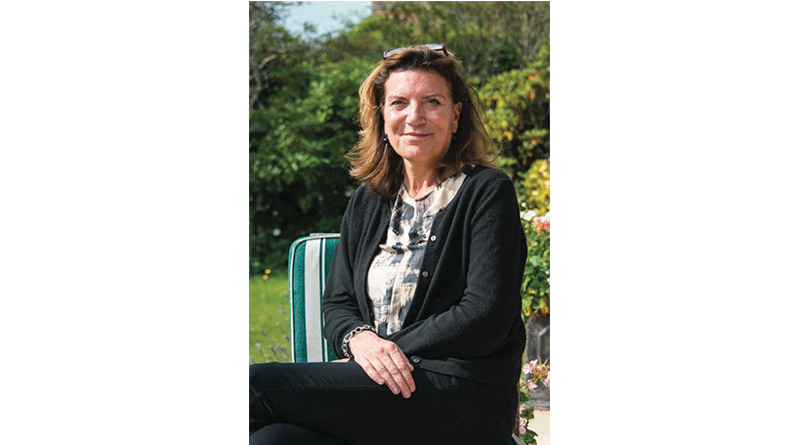Put Technology at the Very Heart of Care
By Annabel James, Founder, Age Space
Technology has of course come to the fore during the pandemic, for families to keep in touch with elderly parents in care homes and shielding at home; for GPs and health professionals to provide care through virtual consultations and diagnosis. And for the care sector to continue to deliver its services despite the crisis of funding and enormous staff shortages that existed long before Covid-19.
Technology is not the silver bullet to solving the care cri- sis or in fighting a pandemic, but it has a vital role to play in properly integrating pastoral, health and social care for our elderly population. From facilitating more efficient supply chains, to managing staff rotas; from patient monitoring, care, and vitally, to keeping families connected to and informed about their loved ones and their care.
Whilst there are efficiencies and savings in time, resources and money to be realised, the real prize is in the better co-ordination between the trinity of care – families, health experts, care providers and carers. Working more effectively together by using technology has the potential to erode the impact of decades of a lack of coordination.
From an individual carer and employer’s perspective, the introduction of apps that record care as it is delivered have been shown to save each carer up to an hour a day in paperwork. In a sector that employs more workers than the entire NHS with an estimated workforce of 1.49 million, such additional care capacity could be truly transformational, for the businesses and for the individual carers.
For care providers, the benefits of tech extend beyond the ability to save money and time; the insights generated by digital systems will highlight where provision needs to be focussed and developed, and identify trends across areas of wellbeing from sleep, diet and medication to exercise and mental stimulation. Tech will also enable better consultation and contact with family members, reducing the administrative burden on care staff further.
The integration of technology between care providers with GP and health professionals, through for exam- ple, more individual regular assessment, would enable earlier intervention should it be required. This has the potential to keep more people out of hospital with implications for patients as well as health and care profes- sionals in terms of care and capacity.
We need to harness the technology that works to combine the best of pastoral and professional care. There is a real opportunity to plan and develop tech and app solutions that work across disciplines, sectors and providers, keeping our elderly population and their care and well-being at the heart of the process. There is a danger without developing integrated solutions we will just perpetuate the siloed delivery of health and social care, which we know can not continue.
The focus must be about creating more time and money to care to enable the sector to recruit and retain motivated and well trained and paid staff; for our elderly population to receive the best care in the most appropriate setting and timely fashion; for families to be full participants in the care and support of their loved ones.
Apps that combine health and care management with regular and real-time updates for families should become standard in every care setting. Knowing what a loved one ate for lunch and whether or not she enjoyed a sit in the garden are as important for families as how the new meds are working and what the rota is for the weekend care staff.
Combining the pastoral with the professional health and care through technology has the potential to transform many elements of the sector. It does not and should not replace care itself or the professionals and families involved. But it can facilitate more time and resource to deliver the best possible care and sup- port for our elderly population.
Annabel James is founder of AgeSpace.org, the national, one-stop online resource for anyone caring for elderly parents and relatives.

